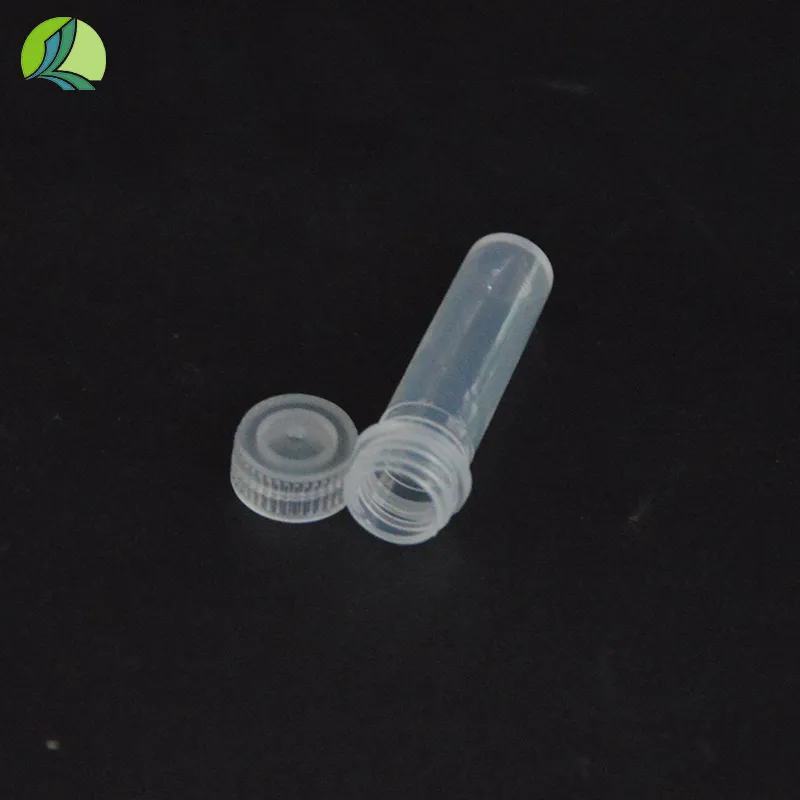https://www.wahmg.com/)">
blood sample tube types
blood sample tube types
Understanding Blood Sample Tube Types
Blood sample tubes are essential tools in modern medicine, playing a crucial role in diagnostic testing, transfusion medicine, and research. The proper collection, transport, and processing of blood specimens hinge on the correct use of these tubes, each designed to serve specific purposes based on the tests required. Understanding the various types of blood sample tubes is vital for healthcare professionals and laboratory technicians to ensure accurate results and optimal patient care.
Types of Blood Sample Tubes
Blood collection tubes come in various colors, each indicating the presence of different additives that affect how the blood sample is processed
. Here is a breakdown of some common tube types1. Red Top Tubes These tubes do not contain any additives and are often used for serum collection. They allow blood to clot naturally, making them ideal for serological tests, hormone levels, and various biochemical tests. They are available in both plain form and with clot activators for quicker serum separation.
2. Blue Top Tubes Containing sodium citrate, blue top tubes are primarily used for coagulation studies. They effectively prevent blood from clotting, making them suitable for tests such as PT (Prothrombin Time) and APTT (Activated Partial Thromboplastin Time). Proper mix is crucial, as insufficient anticoagulant can lead to incorrect results.
3. Green Top Tubes These tubes typically contain heparin, another anticoagulant. Green top tubes are used for various tests requiring plasma, such as electrolyte studies and certain enzymatic assays. They come in different varieties that use either lithium or sodium heparin, depending on the specific requirements of the test.
blood sample tube types

4. Purple (or Lavendar) Top Tubes Containing ethylenediaminetetraacetic acid (EDTA), these tubes are primarily used for hematology tests, including complete blood counts (CBC) and blood smear preparations. EDTA effectively preserves the cellular components of blood, making it ideal for microscopic examination.
5. Gray Top Tubes These tubes contain sodium fluoride and potassium oxalate, making them suitable for glucose testing. The fluoride acts as a glycolytic inhibitor, preserving glucose levels in the blood sample, making them vital for diabetes testing and metabolic panels.
6. Yellow Top Tubes Used primarily in molecular biology, yellow top tubes contain a medium for DNA testing. They can also be used for blood culture tests, which are essential for diagnosing bacterial infections in the bloodstream.
The Importance of Proper Technique
To ensure the integrity of the blood sample, it is crucial to follow proper collection techniques. This includes using the correct order of draw, which prevents cross-contamination between additives. Healthcare providers must also be aware of the expiration dates on blood tubes, as expired tubes may not yield reliable results.
Conclusion
In summary, blood sample tube types are foundational to effective clinical testing. Each tube's design, color, and additives are tailored to specific laboratory needs, influencing everything from the reliability of the test results to the patient’s overall diagnostic experience. Knowledge of these tubes ensures that healthcare professionals can make informed decisions that ultimately enhance patient outcomes and safety. Understanding this aspect of medical testing is vital in the journey towards effective diagnosis and treatment in today’s healthcare landscape.
-
Wholesale Plastic Juice Bottles with Caps 16 oz Options Available Bulk Packaging SolutionsNewsJun.10,2025
-
Laboratory Apparatus Reagent Bottle – Durable & Chemical Resistant Bottles for Safe StorageNewsJun.10,2025
-
Squeezable Dropper Bottles Durable, Leak-Proof & CustomizableNewsMay.30,2025
-
Affordable Plastic Petri Plates Sterile & Disposable Lab-GradeNewsMay.30,2025
-
Eye Dropper Caps Precision 24/410 & Plastic Bottle-Compatible TipsNewsMay.30,2025
-
Affordable Mini Spray Bottle Price & Wholesale Deals Shop NowNewsMay.29,2025





















